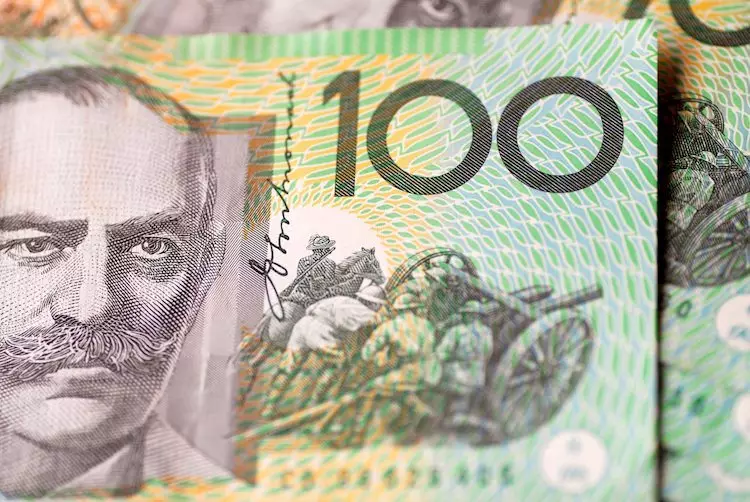Inflation plays a crucial role in determining the strength of a country’s currency in the foreign exchange market. It is a measure of the rise in the price of goods and services over a period of time. In this article, we will explore how inflation impacts currency exchange rates and what factors come into play.
In general, when a country experiences high inflation, the value of its currency tends to increase. This may seem counterintuitive, but the reasoning behind this lies in the actions of central banks. When inflation rises, central banks typically raise interest rates to combat it. Higher interest rates attract more foreign capital, as investors seek higher returns on their investments. This influx of capital strengthens the country’s currency in the foreign exchange market.
Conversely, when a country faces low inflation or deflation, the value of its currency may decrease. Central banks may lower interest rates in response to low inflation, which makes the currency less attractive to foreign investors. As a result, the currency depreciates in the foreign exchange market.
In the case of the AUD/USD currency pair, recent economic data has shown a divergence in monetary policies between the Reserve Bank of Australia (RBA) and the Federal Reserve (Fed). The RBA is expected to be among the last G10 central banks to cut interest rates, while the Fed is likely to implement rate cuts in the near future. This has led to a positive trajectory for the Australian Dollar against the USD, with the pair reaching its highest level since January.
The Producer Price Index (PPI) figures from the US, though higher than expected, did not trigger a recovery in the Greenback. In addition, the University of Michigan sentiment data came in below expectations, indicating a potential slowdown in the US economy. Speculation is growing that the RBA may delay rate cuts or even raise interest rates due to high inflation in Australia. This has further bolstered the AUD’s gains against the USD.
Core inflation measures the change in prices of goods and services, excluding volatile elements such as food and fuel. Central banks target core inflation to keep it at a manageable level, around 2%. When core inflation exceeds this threshold, central banks may raise interest rates, leading to a stronger currency.
The Consumer Price Index (CPI) reflects changes in the prices of a basket of goods and services over time. Similar to core inflation, central banks use CPI as a benchmark for monetary policy decisions. High CPI often results in higher interest rates, strengthening the currency, while low CPI may lead to currency depreciation.
Inflation is a key factor influencing currency exchange rates in the forex market. Understanding how inflation affects central bank policies, interest rates, and currency values can help traders make informed decisions in their trading strategies. As demonstrated by the AUD/USD currency pair, monetary policy divergence, high inflation, and economic data play a significant role in shaping currency movements. By keeping a close watch on inflation indicators and central bank decisions, traders can navigate the forex market more effectively.

